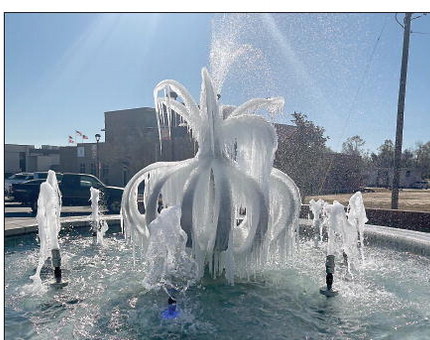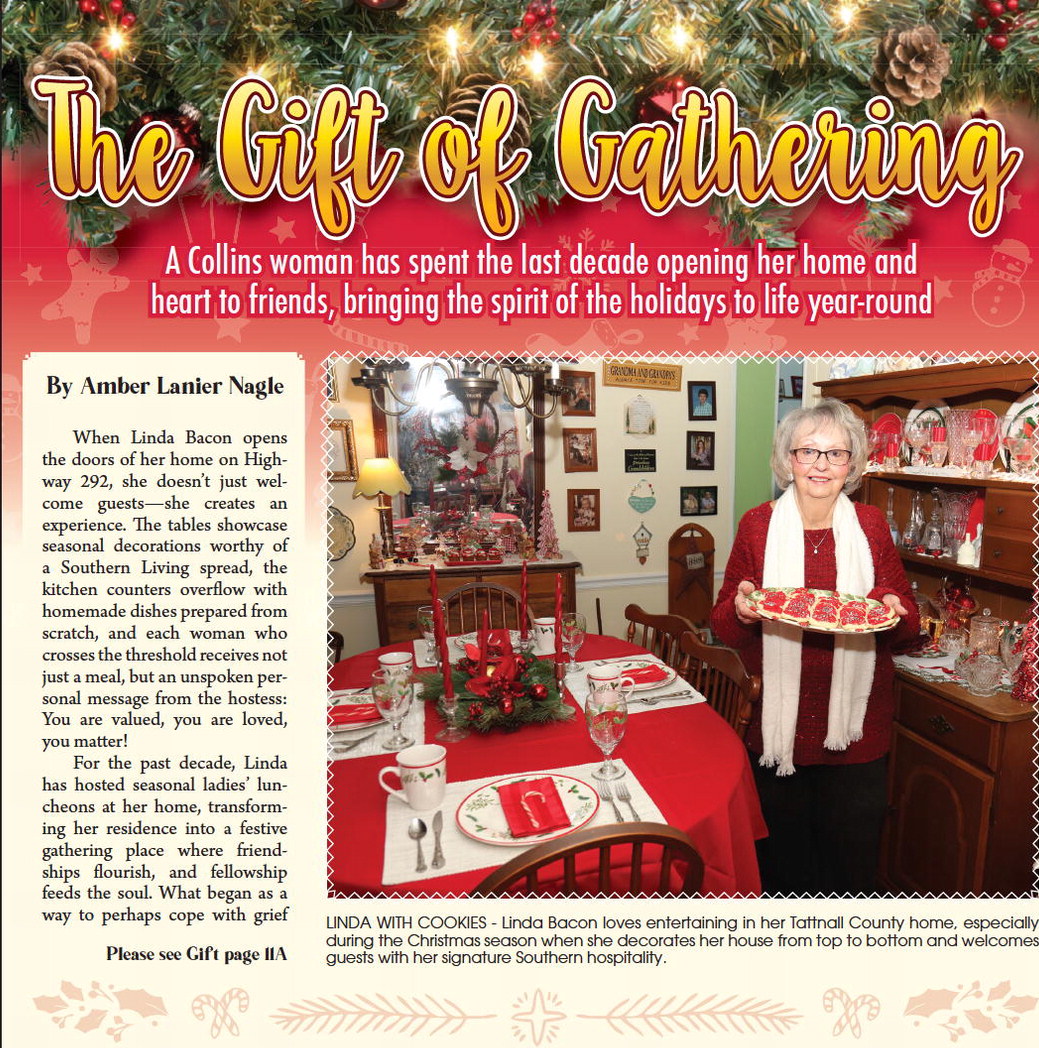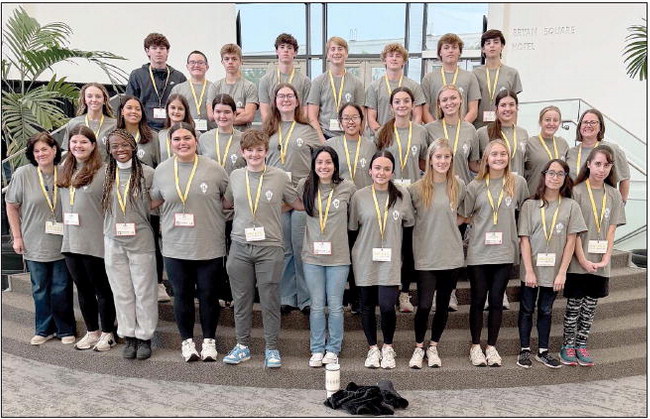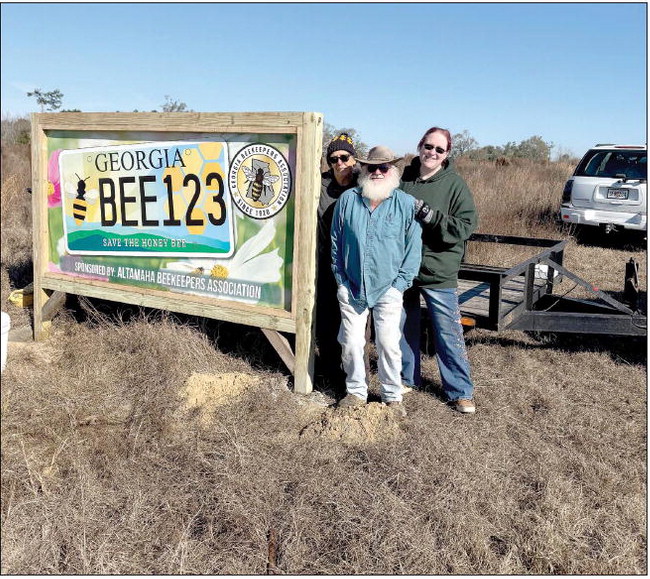Amber
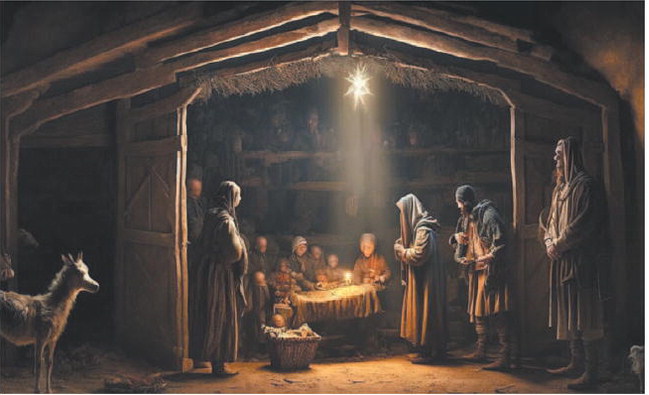

star-readers, astrologers or scholars who believed they could decode messages written in the nighttime sky. Think of them as a combination of astronomers, philosophers and royal advisers— the kind of people kings would consult before making important decisions.
These three men—we know them today as Melchior, Balthazar and Gaspar, though those names came much later—were going about their usual business of watching the stars in the sky when something extraordinary happened. These weren’t people who got excited about just any bright light in the sky. They had mapped the heavens for years and knew every regular movement of the planets and stars like the backs of their hands. But this… this was different! O star of wonder, star of light, star with royal beauty bright, westward leading, still proceeding, guide us to thy perfect light.
So what did they see in the ancient sky? Well, that’s where our story gets even more interesting. Some say it might have been two planets moving so close together they looked like one big, brilliant star—perhaps the conjunction of Jupiter and Saturn in the constellation of Pisces—an event that occurred in 7 BCE. Others think it could have been a comet blazing across the sky. Or maybe it was a nova—a dying star flaring briefly but brilliantly in its final moments of life. Whatever it was, it was significant enough to convince these serious scholars to drop everything, pack up their belongings and set out on what would become one of history’s most historic journeys.
These weren’t young adventurers looking for a little excitement. They were respected men of stature— comfortable in their courts with reputations to maintain. Yet something about this star spoke to them so strongly that they were willing to risk everything and follow it.
Now, picture a long, winding caravan. It wasn’t just three men on camels— though that’s how we usually see the story of the wise men’s journey portrayed in books and television specials. No, this was a proper expedition—a small mobile community moving steadily, guided by a mysterious beacon. The gifts they carried—gold, frankincense and myrrh— were worth a fortune back then, so they would have needed guards to protect them from bandits, along with servants to help manage the journey and enough supplies to cross hundreds of miles of desert land. Every night as they made camp, these wise men would pull out their scrolls, check their astronomical charts and compare notes. They weren’t just following a light in the sky; they were following ancient prophecies that spoke of a star that would herald the birth of a great king. The Hebrew scriptures, particularly the Book of Numbers with its prophecy of a star rising out of Jacob, would have been of special interest. In those evening discussions, they merged scientific observation with theological interpretation and formulated theories that characterized the best of their ancient wisdom.
Here’s something most people may not realize: This journey probably took months—maybe even years—according to modern historians. They weren’t there on the night of Jesus’ birth—that’s just how we arrange our Nativity scenes. In actuality, by the time the three gentlemen arrived, the holy family was probably living in a house, not a stable, and Jesus was likely a toddler.
The most dramatic part of their journey came when they reached Jerusalem. Jerusalem was ruled by King Herod at the time, and if there’s one thing Herod couldn’t stand, it was the idea of another king threatening his power. When these distinguished foreign scholars showed up in Herod’s court asking about a newborn king of the Jews, well, you can imagine how well that went over. Not well.
But Herod was a clever one—a master manipulator. He called them in privately, asked them detailed questions about when they first saw the star, and then sent them to Bethlehem with a simple request saying, “Go and search carefully for the child. As soon as you find him, report to me, so that I too may go and worship him.” He chose those words carefully to mask his deadly intentions.
When the three wise men finally reached Bethlehem, what they found must have challenged everything they expected. These men, so accustomed to royal courts and palace finery, found themselves kneeling in a modest home before a child who was born to common parents—just common folks like you and me.
But there was something about the child— something sacred and divine— and they laid down their gifts to honor him. The gold, frankincense and myrrh weren’t hastily chosen trinkets but carefully selected items of profound symbolic and practical value. Gold was typically the chosen gift for kings, representing earthly power and authority. Frankincense, used in temple worship, acknowledged divinity. And myrrh, an embalming spice, hinted at mortality and sacrifice. Together, these gifts suggest that the Magi understood— at least partially and on some level—the complex nature of the child they sought and ultimately found.
And in that moment, something else happened: They fell to their knees and chose to worship Jesus— the humble child.
The return journey is often overlooked, but it is noteworthy, too. Warned in a dream to avoid Herod, Melchior, Balthazar and Gaspar took another road home. This wasn’t just a geographical deviation but a spiritual one. They had embarked on their journey as scholars, and they returned as witnesses to something that defied their understanding— something that would change mankind.
Their story is one of intellectual pursuit married to spirituality—of ancient wisdom culminating in an encounter with the divine.
Today, we might be tempted to dismiss the Magi as remnants of a prescientific world. But their story resonates with me because it suggests that science and faith can absolutely coexist. In many ways, the story represents the best of human inquiry: the courage to follow something unusual paired with the humility to acknowledge when a discovery transcends our existing framework of understanding. Their journey reminds us that the pursuit of truth, whether scientific or spiritual, often requires us to leave familiar territory and risk the unknown.
Their legacy lives on not just in Nativity scenes and Christmas pageants but in the example they set— that of intelligent individuals willing to embark on an arduous journey of discovery, ready to find truth in unexpected places. In an age of polarization between scientific and religious worldviews, the story offers a model of integration— scholars who could read both the stars above and the stirrings of the spirit within.
Next time you see the three wise men—the Magi, the three kings, the three astronomers—in a glowing Nativity scene or listen to the words of We Three Kings, I hope you ponder their story a little bit more.
Merry Christmas!




